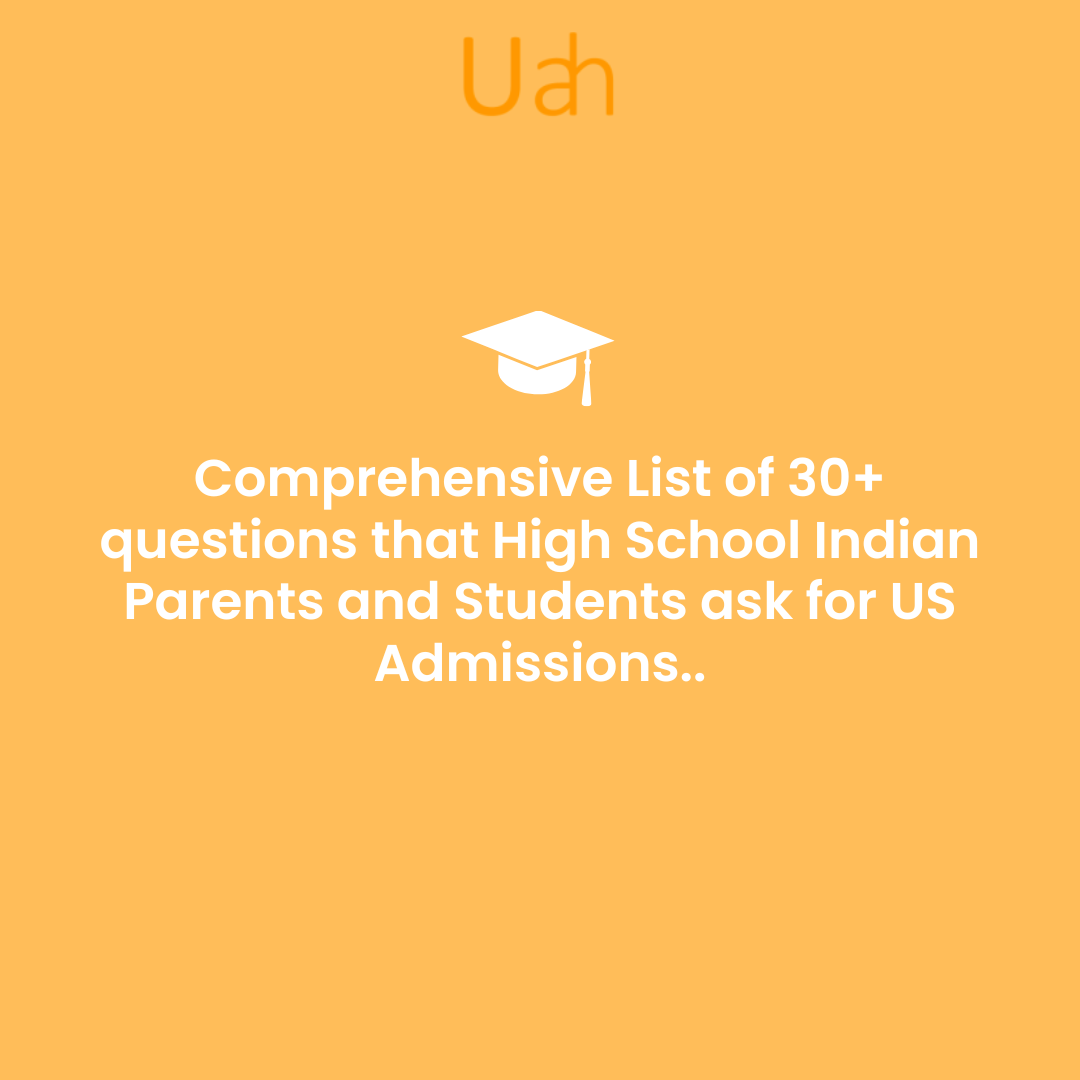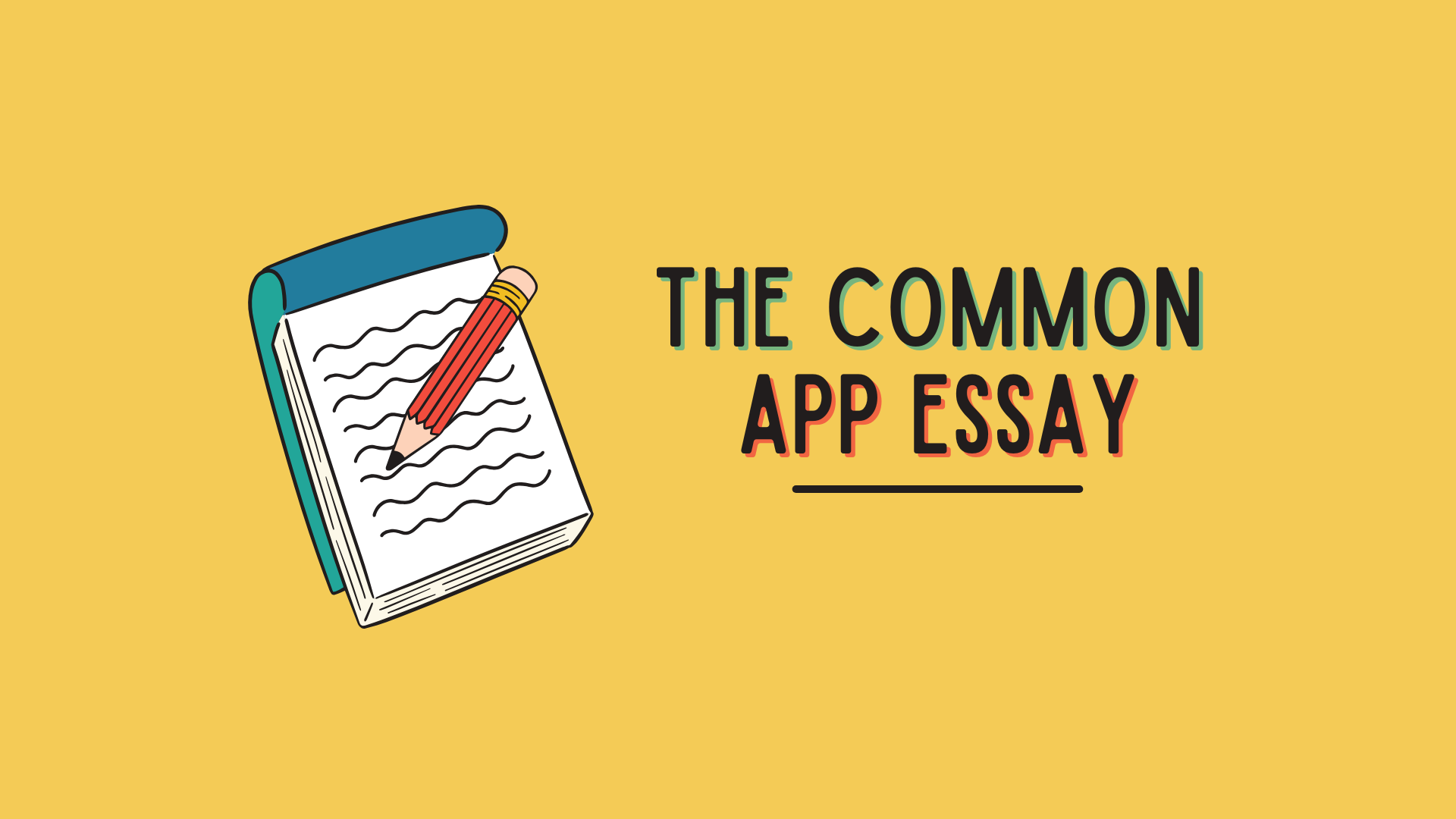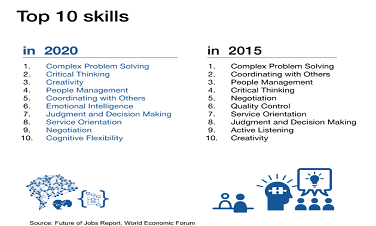Why does the application process have SO MANY requirements?
- Written by UnivAdmitHelp
- Category: Admission Application
- Published on 08 Aug 2020
Elements of an application
While applying to a college, especially overseas, the application process could seem long and complicated. It always has many components - and often students and parents spend the better part of their time trying to figure out a comprehensive list of what they need to prepare. Here we break down the list into a more comprehensible form so that we understand the conceptual ROLES of each of the following in the admission process.
Let us first try to remember that the purpose of an application is to provide as complete a picture as possible of the applicant. The college tries to create it by enumerating a list of things that must be completed. Common App is accepted at almost 900 colleges, and it helps to streamline the application process with a similar requirement. In the UK, students use the Universities and Colleges Admissions Service, known as UCAS, application. By and large, each application process has the list of requirements which often looks like this:
- A Student CV
- Scores (GPA/SAT/ACT)
- An Essay or SOP
- Letters of recommendation
- A questionnaire with short answers that covers the activities etc.
In order to understand WHY a college could require so many components, here are some insights:
- Pre-qualifier
- The absolute first thing that is required to make the cut is something called the Academic Index. This is a combination of all the scores you get:
- Class rank / GPA
- Standardized scores GMAT/SAT/ACT
- Other test scores
The AI is an undisclosed equation created by each college, or university, to arrive at a numerical score for each applicant (usually 240). The common opinion is that IVY leagues would not look at a profile with an Academic Index of less than 230. The formula for the AI is fluid, and revised often. Some universities accept both SAT and ACT test scores, but others accept only one or the other. With many colleges going test-optional, some are choosing to forego SAT subject, while others like Stanford which are essay-optional. This score, Academic Index, gives a numerical value to the profile. It provides an idea about where the applicant stands with reference to the other applicants and provides a basis for screening. (Of course AI is constantly being adapted due to changing policies, circumstances (covid), and sentiment (quota))
- The CV (Student CV, College Resume) is a pre-qualifier too. The purpose of the college resume is to present your profile as a thumbnail image. A snapshot. It should cover the most relevant aspects of your student life and profile in a concise, easy to read manner so that the admissions officer is intrigued enough to want to read more. We have covered some tips to make a compelling college resume, as well as a complete guide to all the aspects of a college resume here. It should be able to project a powerful image of your accomplishments in a limited space. So, be concise, and be accurate. Read more here about how to craft the perfect student resume.
The rest of the items in the following list are like a deep dive into the brain and accomplishments of the applicant.
- Subjective descriptions:
Most colleges will ask you to prepare a personal essay or statement as part of your application package. The essay is a personal statement. It purports to give a better picture of the person you are and your purpose. The essay contains:- A Story
- Emotional Hooks
- Validated Hooks
Without these essays, the college would have limited access to the applicant’s profile. They would be restricted to objective and external assessments like grade, class rank, and ACT and SAT scores to make their admissions decisions. Given that so many students with strong numbers apply to college each year, it’s important for the applicant to develop a personal, more subjective theme through the essay which can develop their persona for the admission process. The essay is an opportunity to make your individuality shine. If you run into a writer’s block, read on here to find ways to write better.
- Objective narrations:
The application process contains an “activities section”. This is the area where short answers are required to give a quick update about what you have done outside of the classroom, offering one of the best objective opportunities to stand out among other applicants. Here the activities will speak for you. They will paint your portrait, so choose the right ones to highlight! Here are some tips to help you fill this section. Also, make sure you have validating elements for each of them well before the application deadline. - Corroboration:
Recommendation - Each school determines how many letters of recommendation you need to submit and who should prepare them. Typically, you will need a minimum of two letters written by your high school guidance counselor or teachers. LORs (or letters of recommendation) help to paint a better, more validated picture from an expert’s point of view. If your psychology professor of 2 years gives you an LOR for being an outstanding psychology student, that has a greater impact than you writing about it in your essay. Read here about the best choices for recommenders.
This list would have no end, but in short, these are the elements that an admission process would look at.
- An outline - Objective elements - AI, CV, Activities
- Colours that fill in - Subjective elements - personal essay
- Perspective from a 3rd person’s point of view: recommendation letters.
In the end, there is no one way to make sure your application stands out amongst the rest. You must work hard, create a strong profile, and keep your chin up! Keep at it, and you will surely succeed. Read more about how you can surely make it!
Recent Posts
-

Comprehensive List of 30+ questions that High School Indian Parents and Students ask for US Admissions..
-

Common App Essay Tips 2025
-

Best extra-curricular activities for college admission for Indian students
-

How Many Universities Should You Apply To? Expert Tips for U.S. and U.K. Admissions for Indian Students
-

Step-by-Step Guide to Creating an Exceptional Capstone Project for Indian Students




